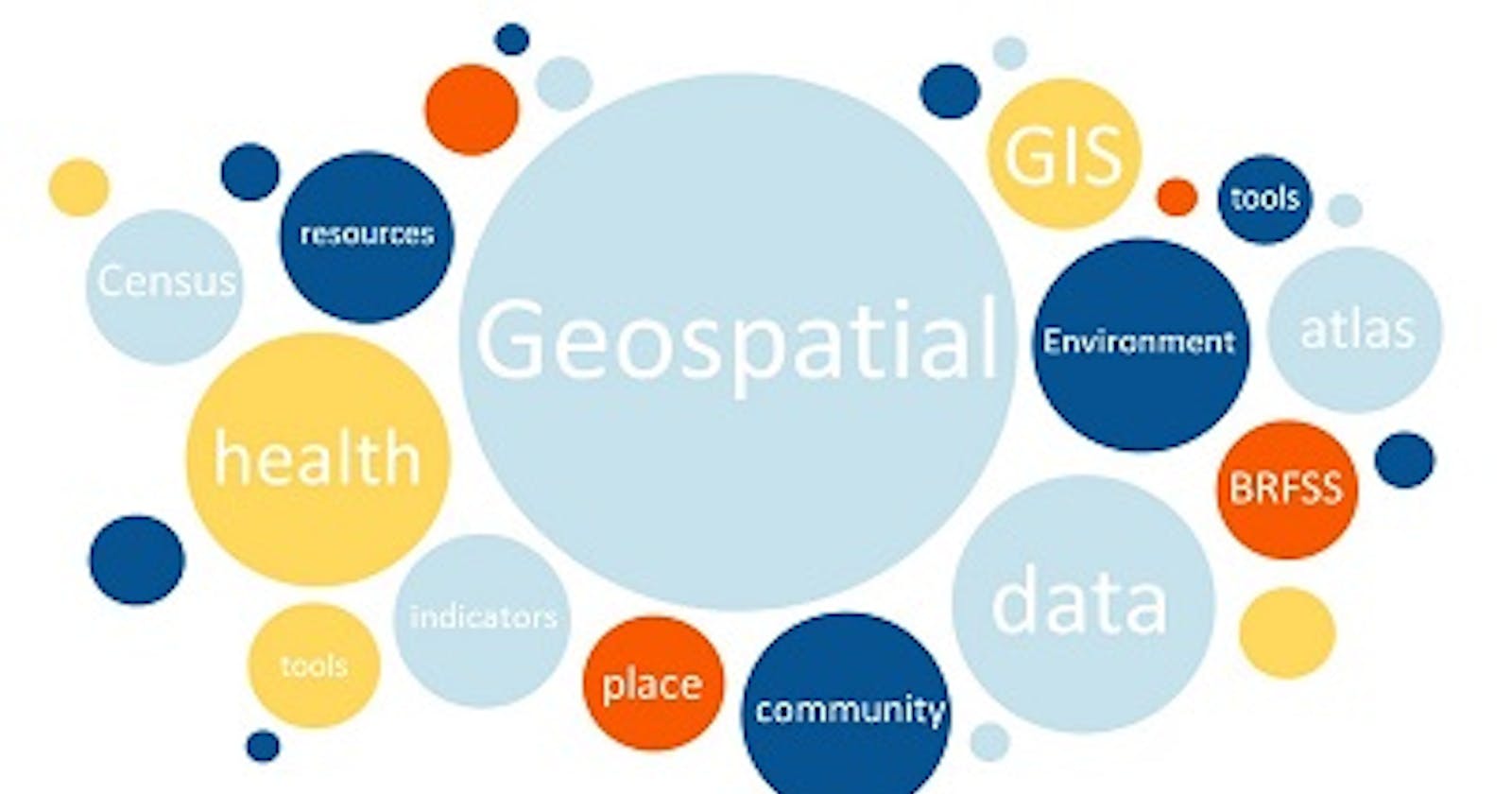Spatial analysis refers to the techniques used to analyze and model the spatial relationships within geographic data. Spatial data contains coordinates that represent the location of geographic features.
Python has many powerful libraries that make it simple to perform various types of spatial analyses. In this lab, we will cover:
Geospatial data formats
Geospatial libraries in Python
Common spatial operations
Distance calculation
Overlay analysis
Clustering
Visualization
Geospatial data formats
There are a few common data formats used to represent geospatial data:
Shapefiles: A de-facto standard for storing vector-based geospatial data. Includes data about the geometry and attributes of features.
GeoJSON: An open standard format based on JavaScript Object Notation (JSON) for representing simple geographic features.
KML: An XML-based format for geographic annotation and visualization. Used by Google Earth and Maps.
Geospatial libraries in Python
Geopy — A Python library to deal with geographic data and calculations. Makes it easy to geocode locations.
Shapely — Manipulation and analysis of geometric objects in the Cartesian plane.
GeoPandas — Combines pandas and shapely to work with geospatial data.
Folium — Creates beautiful, interactive maps with Leaflet.js.
Common spatial operations
Distance calculation
Calculating the distance between two geographic points is a basic spatial operation. This can be done using the distance() method in Geopy:
from geopy.distance import distance
point1 = (45.47, -73.61) # Montreal
point2 = (40.71, -74.01) # New York
dist = distance(point1, point2).km
print(f"Distance between Montreal and New York is {dist} km")
# Distance between Montreal and New York is 474.54 km
Overlay analysis
Operations like unions, intersections and differences can be performed on spatial geometries using Shapely:
from shapely.geometry import Polygon
poly1 = Polygon([(0,0), (0,5), (2,5)])
poly2 = Polygon([(0,1), (5,1), (5,5)])
intersection = poly1.intersection(poly2)
difference = poly1.difference(poly2)
union = poly1.union(poly2)
Clustering
Clustering can help identify spatial patterns in your data. Scikit-learn has clustering algorithms that work with GeoDataFrames in GeoPandas:
from sklearn.cluster import KMeans
clusters = KMeans(n_clusters=4).fit(gdf)
gdf['cluster'] = clusters.labels_
gdf.head()
Visualization
Folium makes it simple to create interactive leaflet maps:
import folium
map = folium.Map(location=[45.5236, -122.6750])
map
folium.Marker([45.5236, -122.6750], popup='Portland').add_to(map)
Spatial analyses help us understand spatial patterns and relationships in geographic data. They can answer questions like:
What areas have the highest density of points?
Which regions are statistically different from others?
How do features spatially cluster or correlate?
The main types of spatial analyses are:
Connectivity analysis — Calculates the connections and accessibility between locations. Used for network analysis, route planning, and service area modeling.
Density analysis — Calculates the concentration or dispersion of spatial features. Used to identify hotspots, coldspots and identify outliers.
Clustering analysis — Identifies groups of similar features based on their spatial proximity. Uncovers natural groupings in the data.
Trend analysis — Identifies directional trends and gradients in spatial patterns. Used to model phenomena that change over space.
Overlay analysis — Combines multiple spatial datasets and performs operations like intersections, unions, and differences.
Spatial analyses help with a variety of tasks:
Site selection — Identifying optimal locations based on spatial criteria
Risk modeling — Modeling spatial patterns of factors that influence risk
Demographic analysis — Analyzing population characteristics and dynamics over space
Anomaly detection — Identifying outliers, irregularities and abnormalities in spatial data
The results of spatial analyses can provide valuable insights and reveal interesting stories hidden in geographic data. They transform raw spatial data into actionable information.

